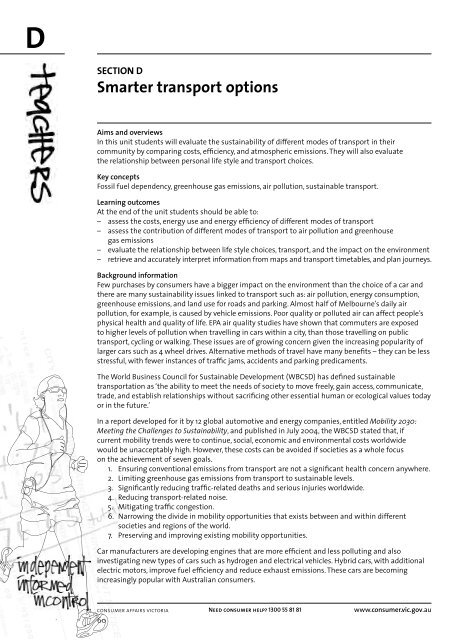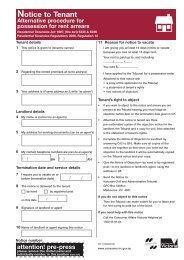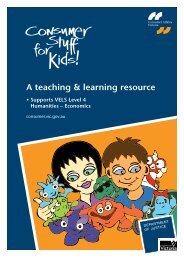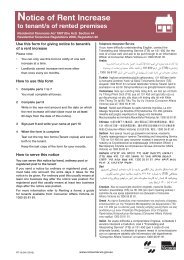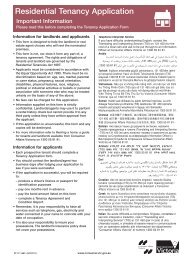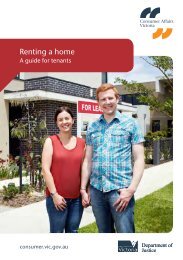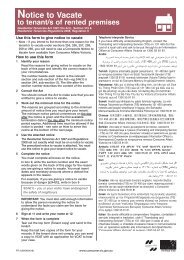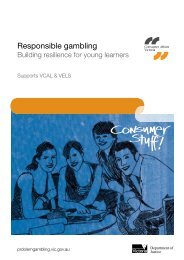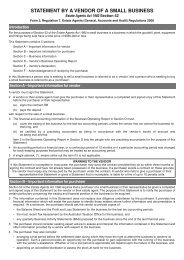A resource for teaching and learning about consuming planet earth
A resource for teaching and learning about consuming planet earth
A resource for teaching and learning about consuming planet earth
You also want an ePaper? Increase the reach of your titles
YUMPU automatically turns print PDFs into web optimized ePapers that Google loves.
D<br />
SECTION D<br />
Smarter transport options<br />
Aims <strong>and</strong> overviews<br />
In this unit students will evaluate the sustainability of different modes of transport in their<br />
community by comparing costs, efficiency, <strong>and</strong> atmospheric emissions. They will also evaluate<br />
the relationship between personal life style <strong>and</strong> transport choices.<br />
Key concepts<br />
Fossil fuel dependency, greenhouse gas emissions, air pollution, sustainable transport.<br />
Learning outcomes<br />
At the end of the unit students should be able to:<br />
– assess the costs, energy use <strong>and</strong> energy efficiency of different modes of transport<br />
– assess the contribution of different modes of transport to air pollution <strong>and</strong> greenhouse<br />
gas emissions<br />
– evaluate the relationship between life style choices, transport, <strong>and</strong> the impact on the environment<br />
– retrieve <strong>and</strong> accurately interpret in<strong>for</strong>mation from maps <strong>and</strong> transport timetables, <strong>and</strong> plan journeys.<br />
Background in<strong>for</strong>mation<br />
Few purchases by consumers have a bigger impact on the environment than the choice of a car <strong>and</strong><br />
there are many sustainability issues linked to transport such as: air pollution, energy consumption,<br />
greenhouse emissions, <strong>and</strong> l<strong>and</strong> use <strong>for</strong> roads <strong>and</strong> parking. Almost half of Melbourne’s daily air<br />
pollution, <strong>for</strong> example, is caused by vehicle emissions. Poor quality or polluted air can affect people’s<br />
physical health <strong>and</strong> quality of life. EPA air quality studies have shown that commuters are exposed<br />
to higher levels of pollution when travelling in cars within a city, than those travelling on public<br />
transport, cycling or walking. These issues are of growing concern given the increasing popularity of<br />
larger cars such as 4 wheel drives. Alternative methods of travel have many benefits – they can be less<br />
stressful, with fewer instances of traffic jams, accidents <strong>and</strong> parking predicaments.<br />
The World Business Council <strong>for</strong> Sustainable Development (WBCSD) has defined sustainable<br />
transportation as ‘the ability to meet the needs of society to move freely, gain access, communicate,<br />
trade, <strong>and</strong> establish relationships without sacrificing other essential human or ecological values today<br />
or in the future.’<br />
In a report developed <strong>for</strong> it by 12 global automotive <strong>and</strong> energy companies, entitled Mobility 2030:<br />
Meeting the Challenges to Sustainability, <strong>and</strong> published in July 2004, the WBCSD stated that, if<br />
current mobility trends were to continue, social, economic <strong>and</strong> environmental costs worldwide<br />
would be unacceptably high. However, these costs can be avoided if societies as a whole focus<br />
on the achievement of seven goals.<br />
1. Ensuring conventional emissions from transport are not a significant health concern anywhere.<br />
2. Limiting greenhouse gas emissions from transport to sustainable levels.<br />
3. Significantly reducing traffic-related deaths <strong>and</strong> serious injuries worldwide.<br />
4. Reducing transport-related noise.<br />
5. Mitigating traffic congestion.<br />
6. Narrowing the divide in mobility opportunities that exists between <strong>and</strong> within different<br />
societies <strong>and</strong> regions of the world.<br />
7. Preserving <strong>and</strong> improving existing mobility opportunities.<br />
Car manufacturers are developing engines that are more efficient <strong>and</strong> less polluting <strong>and</strong> also<br />
investigating new types of cars such as hydrogen <strong>and</strong> electrical vehicles. Hybrid cars, with additional<br />
electric motors, improve fuel efficiency <strong>and</strong> reduce exhaust emissions. These cars are becoming<br />
increasingly popular with Australian consumers.<br />
consumer affairs victoria<br />
60<br />
Need consumer help? 1300 55 81 81 www.consumer.vic.gov.au


